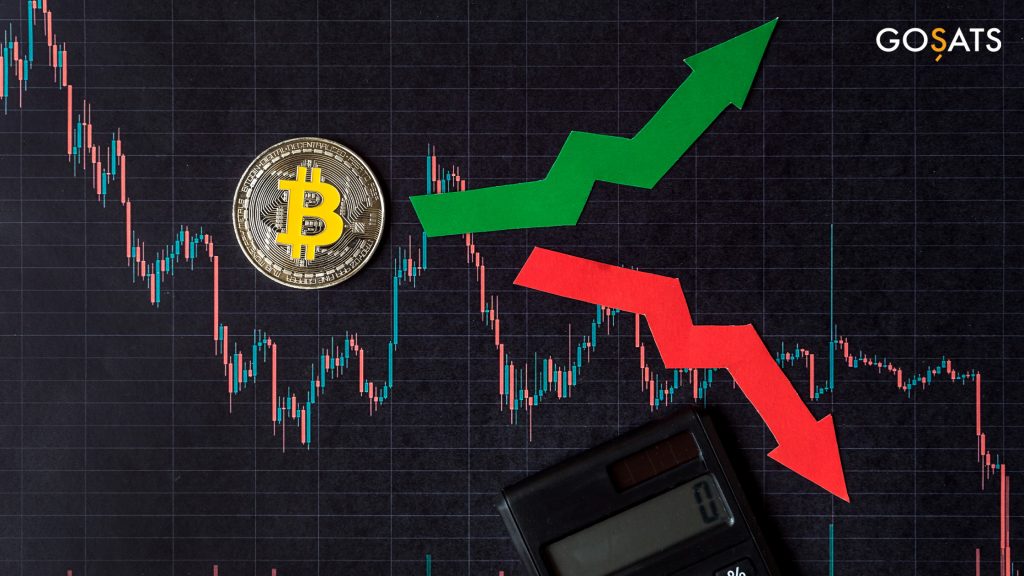This past week has seen a common theme of interest rates being raised from central banks around the world to battle the inflationary environment we seemed to have found ourselves in. Last week, the US Federal Reserve raised interest rates by half a percentage point and announced that it would soon shrink its portfolio of bond holdings. Here in India, after an unscheduled meeting of the RBI’s Monetary Policy Committee last week, the central bank increased the policy repo rate by 40 basis points to 4.40 per cent. The RBI has also increased the cash reserve ratio by 50 basis points to 4.5 per cent – reducing liquidity in the banking system.
So, why is this happening? Why are interest rates being raised?
One of the primary responsibilities of any central bank is to maintain stability in the economy. One of the various ways that this is done is by the raising or lowering of interest rates. To put it very simply, lowering interest rates makes it easier for money to be borrowed, increases liquidity in the economy and helps create higher overall economic activity. Higher interest rates meanwhile have the opposite effect, leading to a reduction in the money supply.
As interest rates increase, borrowing money becomes a more expensive affair. This results in an increase in prices of goods and services. Consumers tend to then spend less, which further reduces the demand for goods and services. As this creates a cycle, businesses cut back on production, laying off workers, which increases unemployment. Thus, an increase in interest rates slows down the economy and helps to curb inflation.
Now, as we traverse a period of high inflation that seemingly has no plans to slow down, what central banks like RBI are trying to do is to stabilise the economy again. The idea is to slow spending and bring down inflation without inflicting significant economic pain or creating a recession. What seems to be most worrying is the fact that this is likely not the last increase for the year, either. The odds are high that there will be more rate increases this year in an attempt to bring inflation under control.

Now how would this affect our investments in Bitcoin and other assets? Our first impression is that reducing the liquidity in the market is expected to dampen demand for assets that are perceived to be higher-risk like Bitcoin.
However, things aren’t that straightforward. The last few months have already seen notable volatility – not just due to rising rates and the inflationary environment, but also due to the Ukraine-Russia conflict. There are few market-watchers who believe that all of these have already been priced into the price of these assets.
While we would like to stay away from price predictions (which honestly isn’t our domain of expertise), we do expect to see more volatility – as the market stands divided on whether the central banks would do too little or too much. If the inflation rates continue to remain stubborn, excessive interference may cause recession and further dampen economic growth as we are still emerging from the distress caused by the coronavirus pandemic.
While we do see Bitcoin as a long-term inflation hedge, with the market still in a nascent stage – Bitcoin currently exhibits strong correlation with equities and other assets. The recent drop in prices also means that Bitcoin is trading at nearly half its all-time high. This could be difficult to stomach especially for new investors. As always, it is always important to understand the risks involved, and especially only to invest money you can afford to lose. After all, if you don’t need the money in the short term, it is easier to wait out even significant periods of market volatility to gain significantly in the long-term.
Infact, you could even use market volatility to your advantage by stacking up on Bitcoin when the prices slump. Or you could just avoid the hassle by investing a fixed amount like an SIP every day, week or month. One of the easy ways to do this would be of course stacking sats on your expenses with the GoSats app and the GoSats Bitcoin Rewards Card – if you haven’t already.
What matters is your long-term perspective on Bitcoin. We would suggest using this time to learn more about Bitcoin and understand its long-term potential. None of us can predict the future, but as long as you have a strong, long-term perspective on things, it will be easier to weather what’s likely to be a period of volatility.
